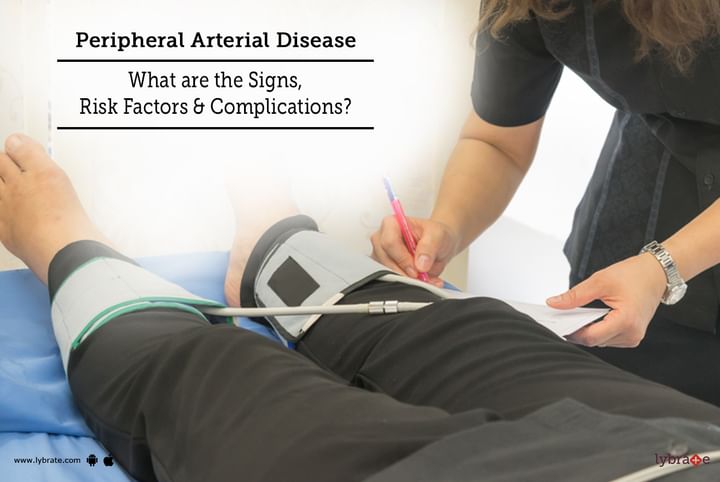Peripheral Arterial Disease: What Are The Signs, Risk Factors & Complications?
Peripheral artery disease (PAD) is one of the heart problems, in which blood circulation is impacted because of the damage to nerves. Blockage of arteries is one of the main causes behind PAD.
In case you have blocked arteries, then extra pressure will be exerted on your heart to pump blood, this will also impact the blood flow. Blood flow gets slowed down, damaging the nerves.
Signs and symptoms of peripheral artery disease
PAD develops slowly and takes years till the time signs are visible. The symptoms normally appear when the blockage is 60% or more. Limbs or legs are affected the most in PAD. Few signs that could tell you about PAD are:
-
Cramps in and around your lower leg, hips or thigh muscles
-
Numbness and weakness in legs
-
Cold foot
-
Foot sores
-
Weakness and atrophy of calf and leg muscle
-
Poor wound healing
-
Changes in colour of the feet
-
A weak pulse in the leg or foot
Who is at risk of developing peripheral artery disease?
Risk of developing PAD increases in case you have atherosclerosis. But there are many factors that increase your risk of getting PAD later in life. The following can double your risk:
-
High cholesterol levels
-
Smoking cigarette or chewing tobacco
-
Metabolic disorders like diabetes or hypertension
-
Family history of atherosclerosis
-
Chronic renal failure
-
Being overweight
-
Lack of physical activity
Complications of peripheral artery disease
Peripheral artery disease is a condition which requires proper medical treatment, if not diagnosed and treated properly it can lead to serious health problems like:
-
Transient ischemic attack
-
Renal artery disease or stenosis
-
Amputation
Peripheral artery disease can be prevented by adopting a few lifestyle changes like quitting smoking, exercising and eating a healthy diet. Also, you should not miss on the annual health check-ups and medicines as suggested by your doctor.


+1.svg)
